Scientific name Etlingera Rank Genus | ||
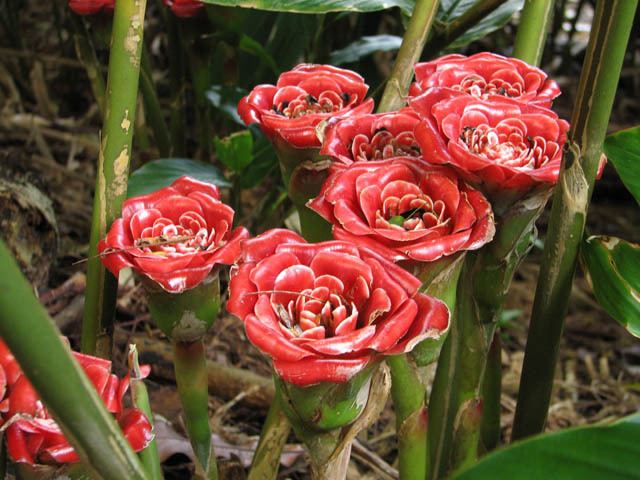 | ||
Similar Etlingera elatior, Zingiberaceae, Alpinia, Hedychium, Zingiberales | ||
Red torch ginger plant seeds etlingera elatior seeds on www myseeds co
Etlingera is a genus of Indo-Pacific terrestrial and perennial herbs in the ginger family, Zingiberaceae consisting of more than 100 species found in tropical regions of the Old World.
Contents
- Red torch ginger plant seeds etlingera elatior seeds on www myseeds co
- Pink torch ginger plant seeds etlingera elatior pink seeds on www myseeds co
- Distribution
- Species
- Ethnobotany
- References

Some of the larger species have leafy shoots reaching almost 10 metres high, and the bases of these shoots are so stout as to seem almost woody. Others of the species grow as clumps of leafy shoots; while others have such long creeping Rhizomes that each of their leafy shoots can be more than a metre apart.
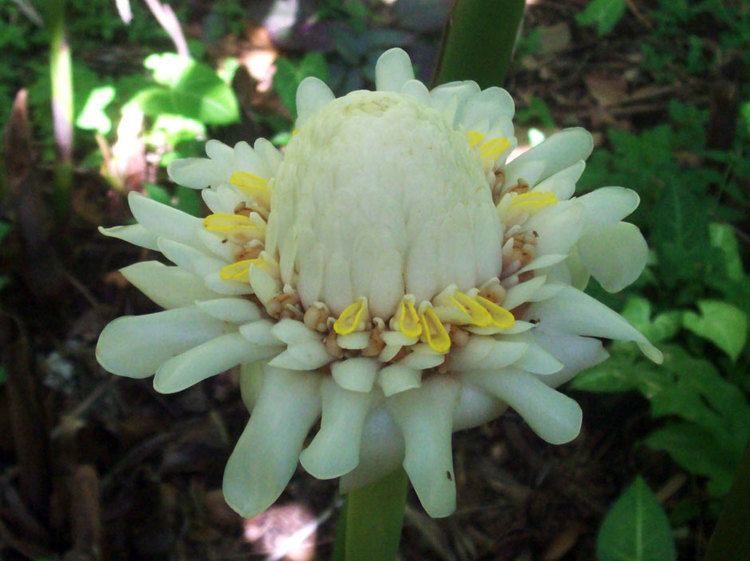
Unique and distinctive to all Etlingera is a tube forming above the point where the base of the flowers petals joins onto the plant (i.e. above the insertion of the corolla lobes).
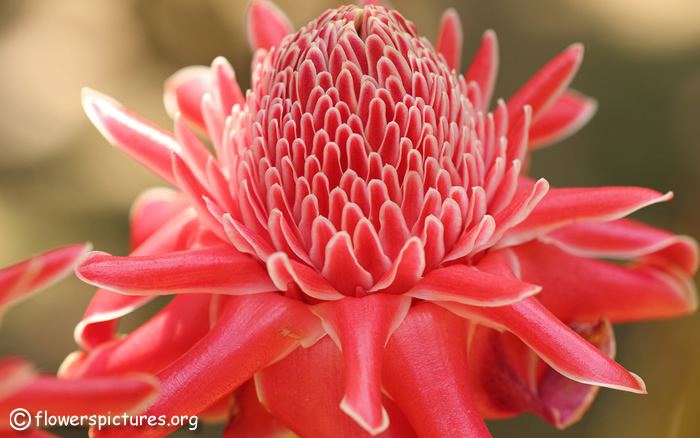
Pink torch ginger plant seeds etlingera elatior pink seeds on www myseeds co
Distribution
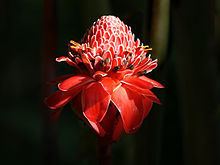
The Etlingera are native to India, Bangladesh, Burma, China, Laos, Cambodia, Vietnam, Thailand, Malaysia, Singapore, Indonesia, Philippines, Brunei, Papua New Guinea, Queensland, and several Pacific Islands, predominantly close to the equator between sea level and 2500 metres. Members of the genus are also reportedly naturalized in other warm places (Hawaii, Puerto Rico, Trinidad, Central America, Mauritius, and the islands of the Gulf of Guinea.
Species
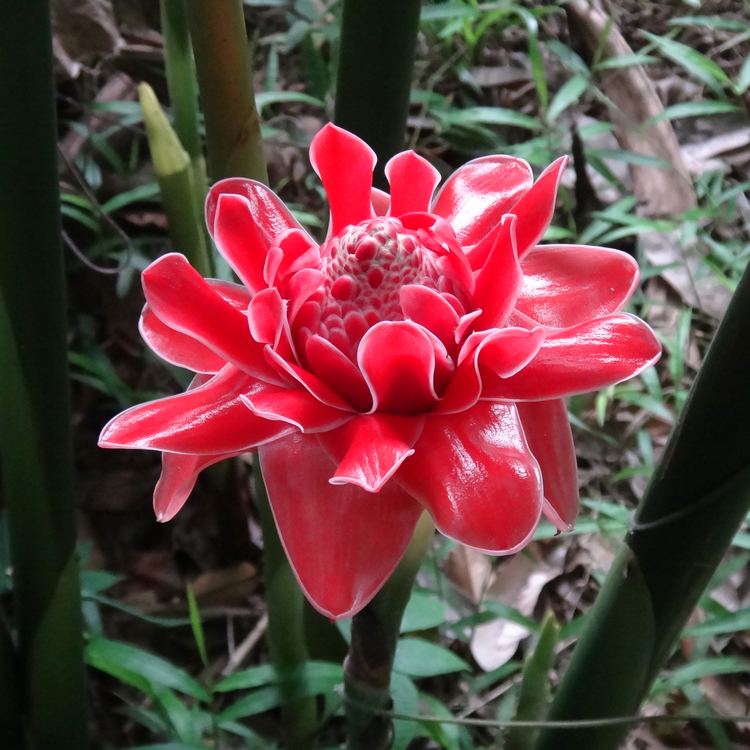
The most commonly known species of Etlingera is the "Torch Ginger" (E. elatior), also called the "Torch Lily", "Porcelain Rose", or "Philippine Waxflower" because of its stunning inflorescence. The described species include:
Ethnobotany
Species of Etlingera are widely used for many different purposes and many of the species are therefore locally named and known.
A common use of the Etlingera is to pull out and eat the inner sheathes of the leafy shoots of some species: to eat either raw, cooked as a vegetable, or as a condiment (much in the same way as onions are used as a condiment). E. coccinea (known as "tuhau" in Sabah; no English name) and E. elatior (torch ginger) are especially cultivated and grown for this purpose.
The aromatic sweet and sour fruits of the Etlingera are also commonly eaten. Several species are used as medicines to treat headaches, or stomachaches, and, one species which itself has large distinctive red patches, (E. brevilabrumin), is commonly applied, externally, to relieve itching and assist treat skin problems.
Other uses made of various Etlingera species include as ingredients in local perfumes, as ingredients in local shampoo, and as an optional material for making mats, etc. In Borneo, a study of 40 species of Etlingera found more than 70% of these species had alternative local names, and more than 60% of them had at least one use amongst local peoples.
